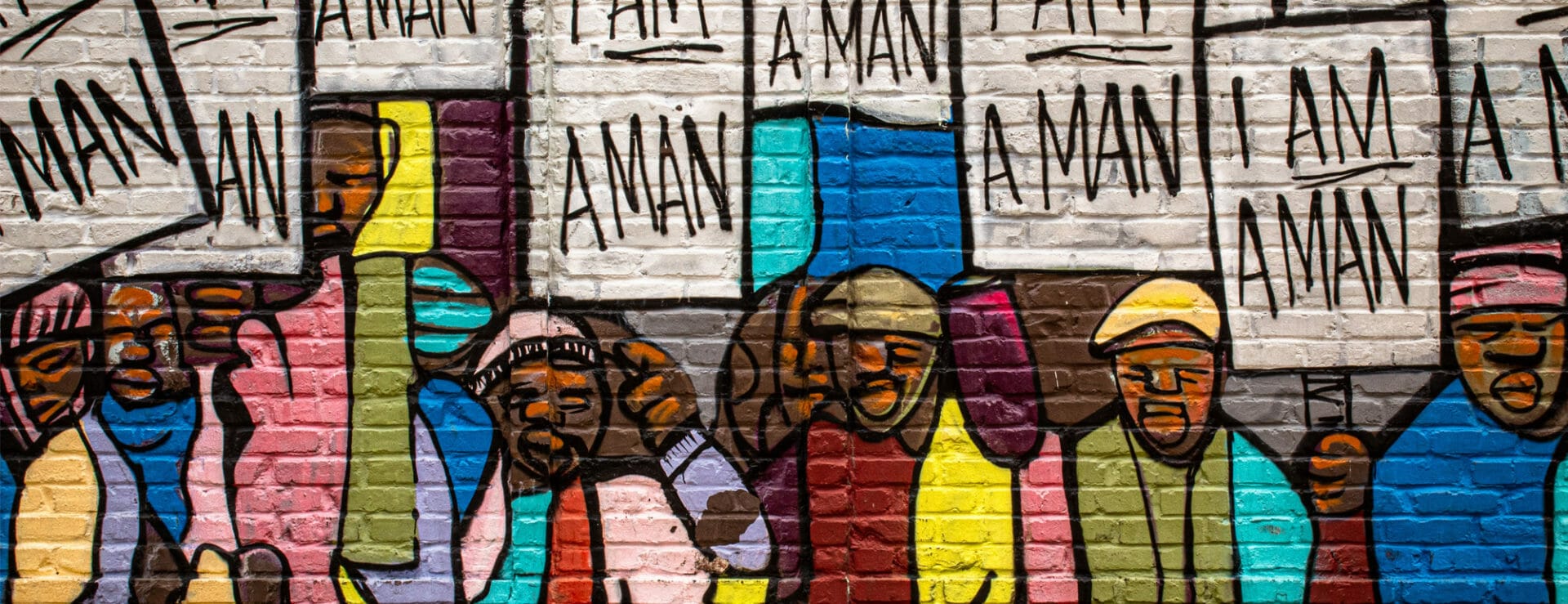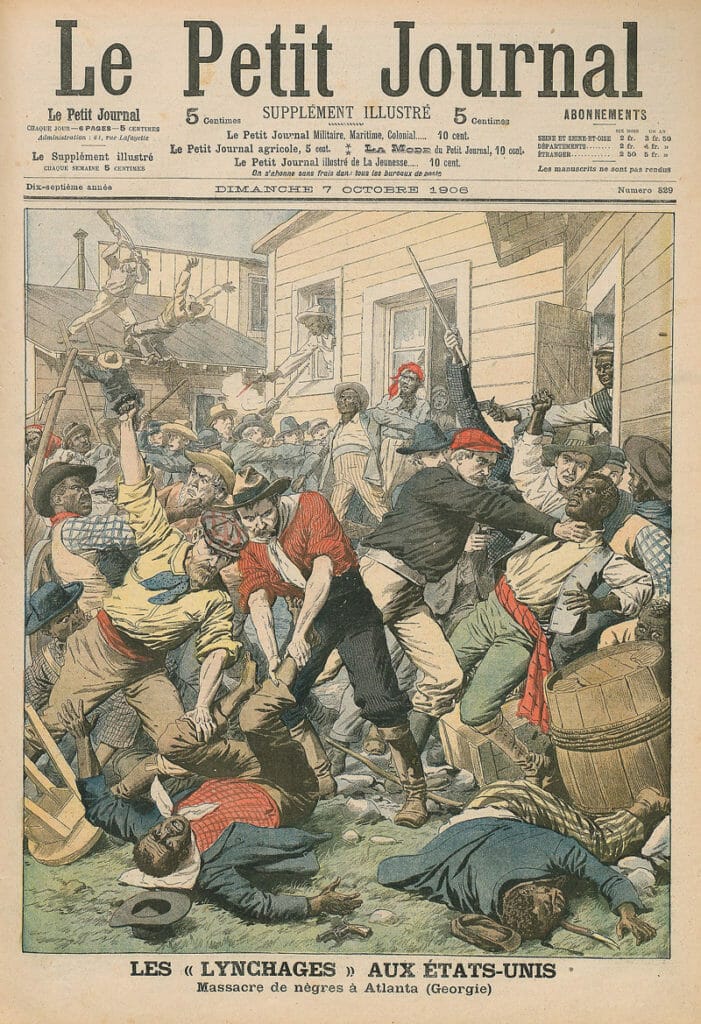

Uh oh...
It appears that you're using a severely outdated version of Safari on Windows. Many features won't work correctly, and functionality can't be guaranteed. Please try viewing this website in Edge, Mozilla, Chrome, or another modern browser. Sorry for any inconvenience this may have caused!
Read More about this safari issue.

The Argenta area of North Little Rock is, today, made up of chic eateries, historic buildings, trolley cars, streets lined with quaint homes and the kind of Mayberry-esque charm only a southern downtown area can provide. There are brick buildings, a library, a historic pharmacy and an atmosphere that feels like a movie set from the 1950’s. But this section of North Little Rock has a fascinating, tumultuous and sometimes forgotten history.
Argenta was founded as an independent town in 1866 (and eventually incorporated into the city of North Little Rock). It was the first location to connect Memphis and the Little Rock area by railroad. It had a reputation for being a rough area. Main Street (originally Newton Street) was a muddy mishmash of hotels, gambling establishments, saloons, and prostitution. Argenta was considered so debauched and violent that soldiers from Fort Roots were forbidden to patronize the area.
Argenta became a busy hub of commerce and shipping during the post-Civil War years, a time frame we now refer to as the Jim Crow era. These years ushered in a long period of discrimination and simmering race relations in the south. Named after a famous minstrel show, “Jim Crow” was a derogatory term for African Americans. These laws were enacted after the Civil War and didn’t end until the 1950s to the 1960s. “Separate but Equal” standards oppressed and marginalized African Americans and created powder keg environments that would lead to numerous race riots across the country over a period of almost 100 years. There were 30 race riots during what would become known as the “Red Summer” of 1919, but Argenta experienced its own riot earlier, in 1906.

Photo taken during the Desegregation of Central High School in Little Rock, image courtesy of the Library of Congress
In September of 1906, a white man, R.R. McDonald, murdered an African-American musician, Wiley Shelby, in a bar on Main Street. According to McDonald, Shelby had become upset that McDonald was having drinks with an African-American woman. McDonald then claimed that he slashed Shelby’s throat in self-defense, and thinking he only maimed him, left the bar and continued on to another drinking establishment. But Shelby wasn’t maimed. He stumbled out onto the street where he collapsed and bled to death. McDonald was subsequently arrested. Curiously, the woman he was having drinks with was also arrested, although it’s unclear why or what happened to her.
The body of Shelby was taken to the Colum Brothers Funeral Home at 505 East Washington Avenue. This would have been located near where I-30 is now, right next to Simmons Arena. The funeral home was owned by three brothers: Garrett, Charles and Robert. A white Argenta policeman, Milton Lindsey, tried to block African Americans from entering the funeral home. One of the Colum brothers allegedly attacked him. During this skirmish Robert Colum, one of the three brothers, was shot and killed.
A trial by jury (which convened just days later) ruled that Robert Colum’s shooter was “unknown.” Lindsey was exonerated of any wrongdoing. The coroner’s jury also ruled that McDonald acted in self-defense when killing Shelby. This created understandable anger and resentment within the Argenta African-American community. The following month, in October 1906, Milton Lindsey (the exonerated policeman) and his father were attacked as they walked past the Colum funeral home. Lindsey’s father was shot and died, but Milton Lindsey survived. Police arrived at the funeral home as bullets were exchanged, and a mob gathered on the street. Saloons and businesses were closed as officials tried to suppress a potential riot.
Several African-American men were arrested and charged with the Lindsey murder. A mob set fire to one of the Colum brothers’ homes. An eyewitness stated that the mob tried to force African-American women and children back into the burning house, but that they were eventually allowed to leave. Fires also broke out in other locations. Numerous businesses were destroyed. Shelters were set up to protect the Colum families from further mob violence, and many African Americans chose to leave Argenta and go to shelters in Little Rock.
One of the African-American men arrested for the Lindsey shootings, Homer Blackman, a local restaurant owner, was pulled from the jail by a group of white men. The mob lynched him in the street, hanging him from a utility pole on Main Street. In a frenzy of violence and rage, the men also shot him multiple times. There was no justice for Blackman. His death was ruled as a murder by “parties unknown.”

Illustration from a French publication about the Atlanta Race Riots of 1906, courtesy of Wikipedia
The months of September and October 1906 brought about sobering racial tension and violence, resulting not only in the Argenta Riots, but also the Atlanta Riots in which mobs killed dozens of African Americans. This was such jolting and horrifying news, not just nationally but worldwide, that even the French press covered the Atlanta Riot (as seen in the illustration above).
No one knows what happened to McDonald. His early morning decision to slash Wiley’s throat, likely fueled by racism and a previous night of alcohol consumption, led to the subsequent deaths of many people. The history of what happened to the remaining two Colum brothers, as well as their families, is a silent mystery as well. One only hopes they were able to survive and create lives elsewhere.
The Civil Rights Movement that took place in the 1950s and 1960s is usually in the forefront of our memories and in our history books. But these race riots, like the one in Argenta, are not often remembered today. The loss of life and destruction of property during the Argenta Riots, not to mention the terror residents must have felt, is a sobering reminder that the Jim Crow era was a long and painful period of time. These pieces of Arkansas history are important and should never be forgotten.
We do the work.
You check your email.
Sign up for our weekly e-news.
Get stories sent straight to your inbox!








Like this story? Read more from Liz Harrell
My son has a favorite phrase he uses when faced with repetition. It...
I remember visiting my grandmother on her lunch break. She worked at a...
Every time my dad comes to visit me, he reminds me of how small Conway...
Join the Conversation
Leave a Comment